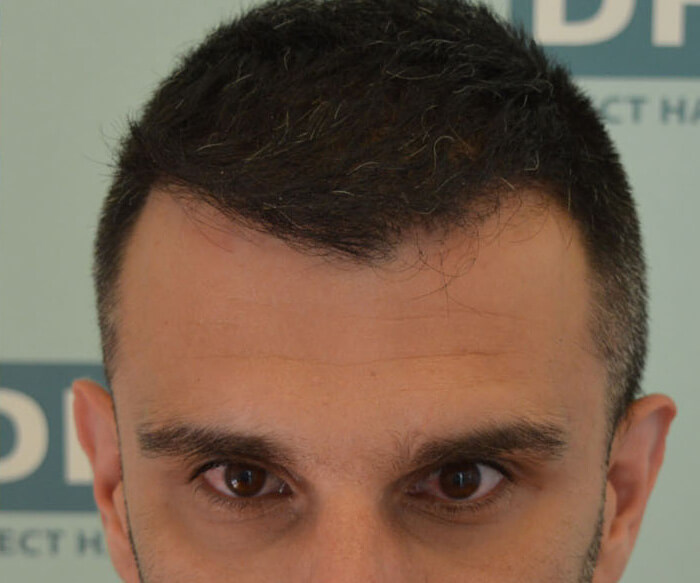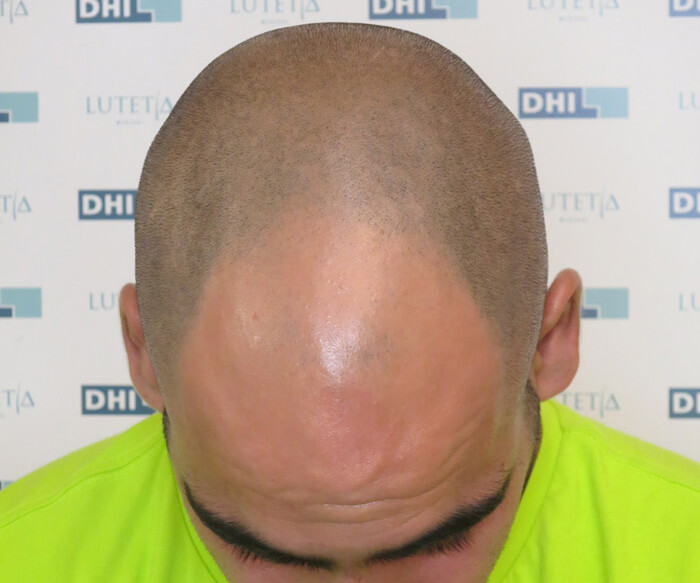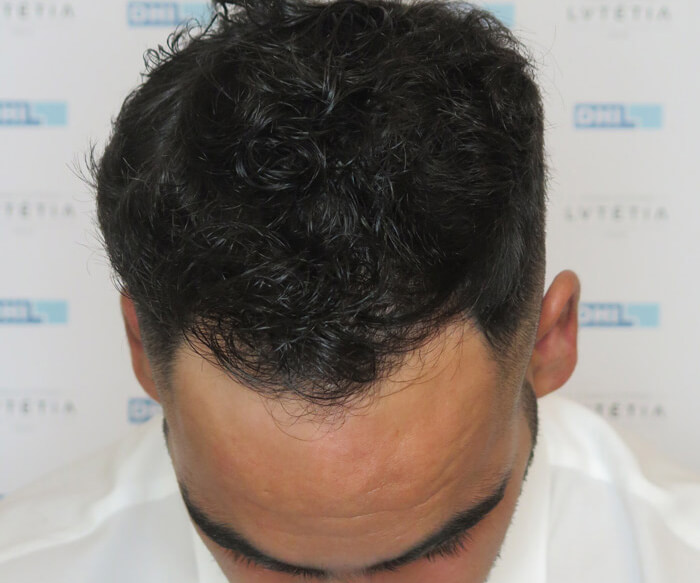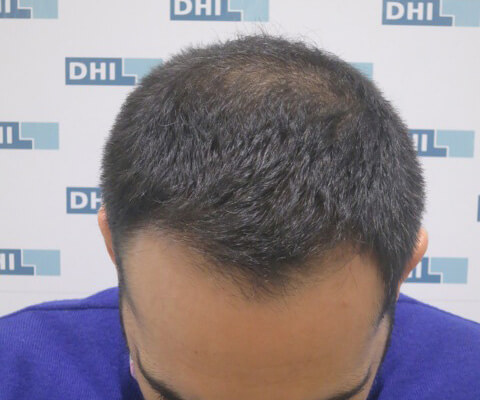the best just got better.
In 2003, DHI pioneered the procedure that is today known to the world as FUE. While the FUE procedure improved upon the way hair was extracted, hair continued to be implanted by creating slits and holes in recipient areas, into which hair follicles were inserted using forceps.
In 2005, DHI introduced to the world the technique known as Direct Hair ImplantationTM, a new implantation protocol that reduced the stress that follicles undergo during the hair transplant process, and gave control over depth, direction and angle of implanted hair follicles leading to greater density and natural results.
THE 3 STEP DHI HAIR TRANSPLANT PROCESS
Hair follicles are extracted one by one from the donor area using a specifically designed disposable tool with the diameter of 1mm or less. The follicles are then kept at a specific temperature and in a solution that enhances their development after placement, without separating, cutting or generally handling the grafts
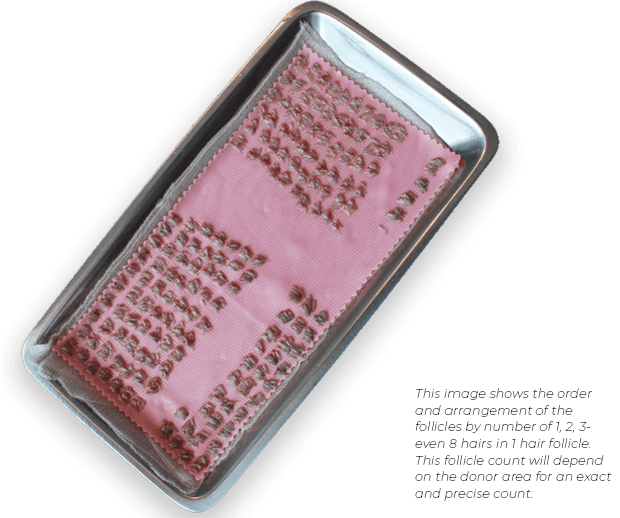
The hair follicles are implanted directly into the region suffering from hair loss using a patented tool, the DHI Implanter, also with a diameter of 1mm or less, without prior creation of holes or slits.

Full control of the depth, direction and angle of the placement of each graft, ensures 100% natural results, maximum viability and that the implanted hair will never fall out and will grow for a lifetime.
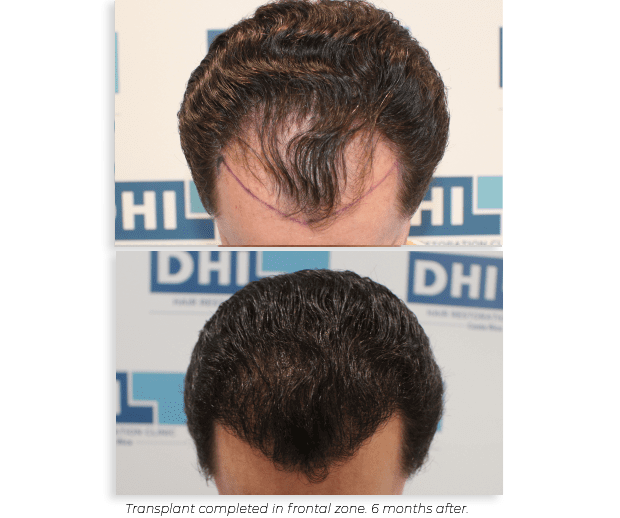
THE 3 STEP DHI HAIR TRANSPLANT PROCESS
| FUT | FUE | DHI TECHNIQUE | Robotics | |
|---|---|---|---|---|
| Who performs the procedure |
Mostly performed by technicians | Entirely performed by doctors |
Performed by robots and operated by doctors/ technicians |
|
| Extraction | Follicles extracted from the strip of skin removed from the scalp. High transection rates that damages hair follicles and reduces graft survival |
More invasive than DHI Uses motorized extractors that causes tissue trauma and high transection rates reducing graft survival |
Minimally invasive process Manual extraction by single-use, titanium-coated punches ensures over 90% graft survival and low transection rates |
Robot uses motorized extractors that causes tissue trauma and reduces graft survival rates High transection rates |
| Scar Free | ||||
| Implantation | 2 step process Follicles are implanted in the slits or holes using forceps Very little control on angle, depth and direction, due to larger slits and unskilled technicians |
Single step process Depth, angle and direction are totally controlled using DHI Implanter Focus on design and distribution for best results |
2 step process Implantation is done by robots and lacks artistic touch |
|
| Natural Hairline | ||||
| Results | 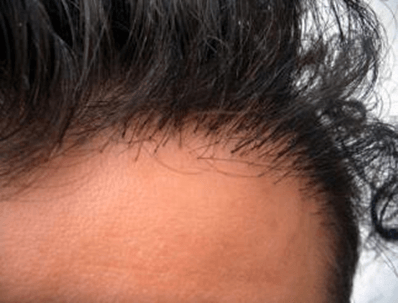 |
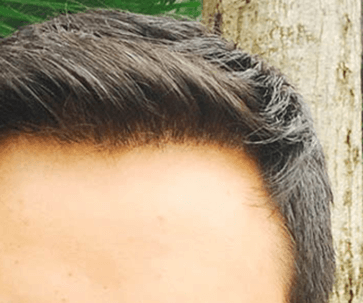 |
||




